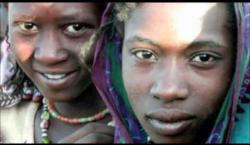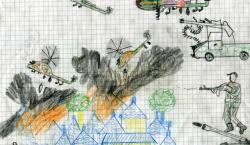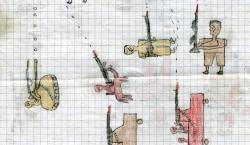Advertisement
Many would-be migrants to EU die unrecorded, study finds
AMSTERDAM (Reuters) - Almost all the migrants who died seeking a better life in Europe over the past quarter century vanished without trace, according to research released by a Dutch university on Tuesday.
Authorities in southern Europe found the bodies of just 3,188 would-be migrants between 1990 and 2013, yet about 1,800 people are thought to have drowned in the Mediterranean already so far this year.
The survey by the Free University of Amsterdam was the first in which researchers studied death registries in southern European countries to establish how many migrants had been recorded as dying in transit.
The dangers faced by those seeking refuge from wars in the Middle East and North Africa were highlighted last month when 900 people drowned in the Mediterranean after their rickety boat sank on its journey from Libya.
The incident prompted calls for a European Union rescue mission to be strengthened after a similar Italian coastguard mission was suspended last year.
But Thomas Spijkerboer, a professor who worked on the study, said the change of heart underscored the need for more data about the nature and scale of the dangers faced by migrants.
"Policymakers in Germany, the Netherlands and Britain said this kind of large-scale mission encourages people to cross and leads to more lives lost. But after the big shipwreck in April they changed their minds," he said.
"They are now spending more money on something which a few months ago they said would cost lives. It's irresponsible to make these major policy decisions without asking whether the factual assumptions are right."
Researchers found migrant death numbers had risen steadily between 1990 and 2000, and remained at a similar high level ever since.
Anecdotal evidence of yet higher numbers since the 2011 Arab Spring appeared to be driven by increased media attention to the phenomenon, Spijkerboer said.
Only 40 percent of the bodies found since 1990 were identified, with migrants from further afield in Afghanistan and sub-Saharan Africa the least likely ever to be named.
Spijkerboer urged European governments to set up a central repository of coroners' photographs of identifying marks such as tattoos to help the Red Cross and similar organisations to identify the dead.
While the study focused on Europe's southern borders, he said there was also evidence of migrants dying crossing the Black Sea to Europe's east.



















Add new comment